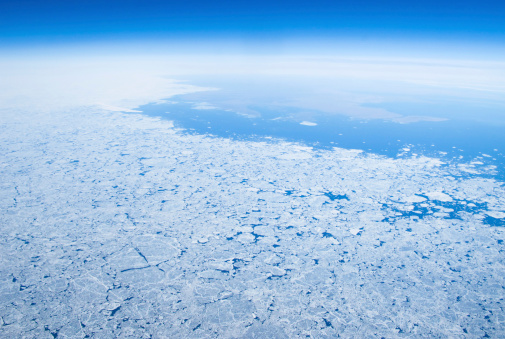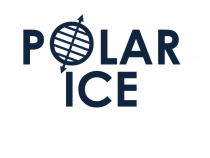Polar Ice
Polar Ice
Shipping activity in the Arctic is increasing. Cruise liners are bringing more tourists to the cold and remote latitudes. The oil & gas industry is searching for and producing oil and natural gas in areas close to or even in waters infested by ice or icebergs. As 25 % of the unexploited fossil hydrocarbons of our planet are deposited under Arctic waters, this activity will continue, and move even further northwards.
Due to the presence of sea ice in the polar regions, the increased traffic in these regions carries an increased risk of environmental damage and loss of life. Therefore, this activities call for a growing need for accurate, timely and easily accessible sea ice information. Several meteorological and hydrological services provide information on sea ice and ice bergs in the areas of national interest, however this information is scattered and often not easily available.
The aim of Polar Ice is to develop a next generation sea ice information service by integrating and building on a wide range of European and national funded sea ice activities. The project will demonstrate a complete end-to-end operational sea ice information service, by building on existing capabilities and filling gaps in required information and technology. The services include ice thickness and sea ice pressure, as well as sea ice forecast.
Images


Project period
Financing
European Commission (FP7)
